Travel Report: London Day 2
Today was spent mostly at the Tower of London, which I really enjoyed. It’s incredible to see the structures built over the ages, including nearly 2000 year old remains from the Romans as well as many towers and keeps from the 1200s to relatively recent Tudor era timber framed buildings.
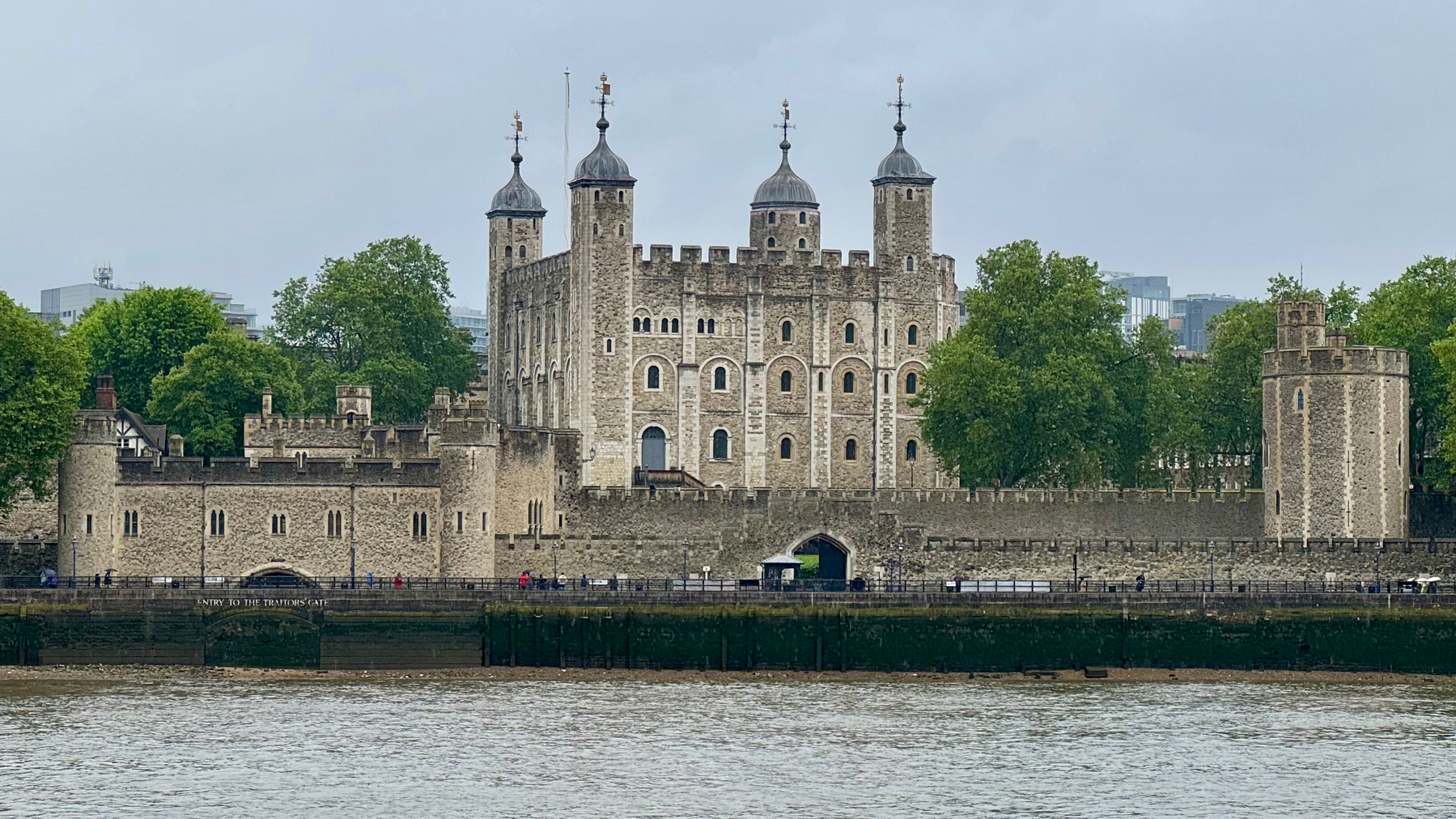
Here, the White Tower is the central keep of the fortress and is nearly 1000 years old!
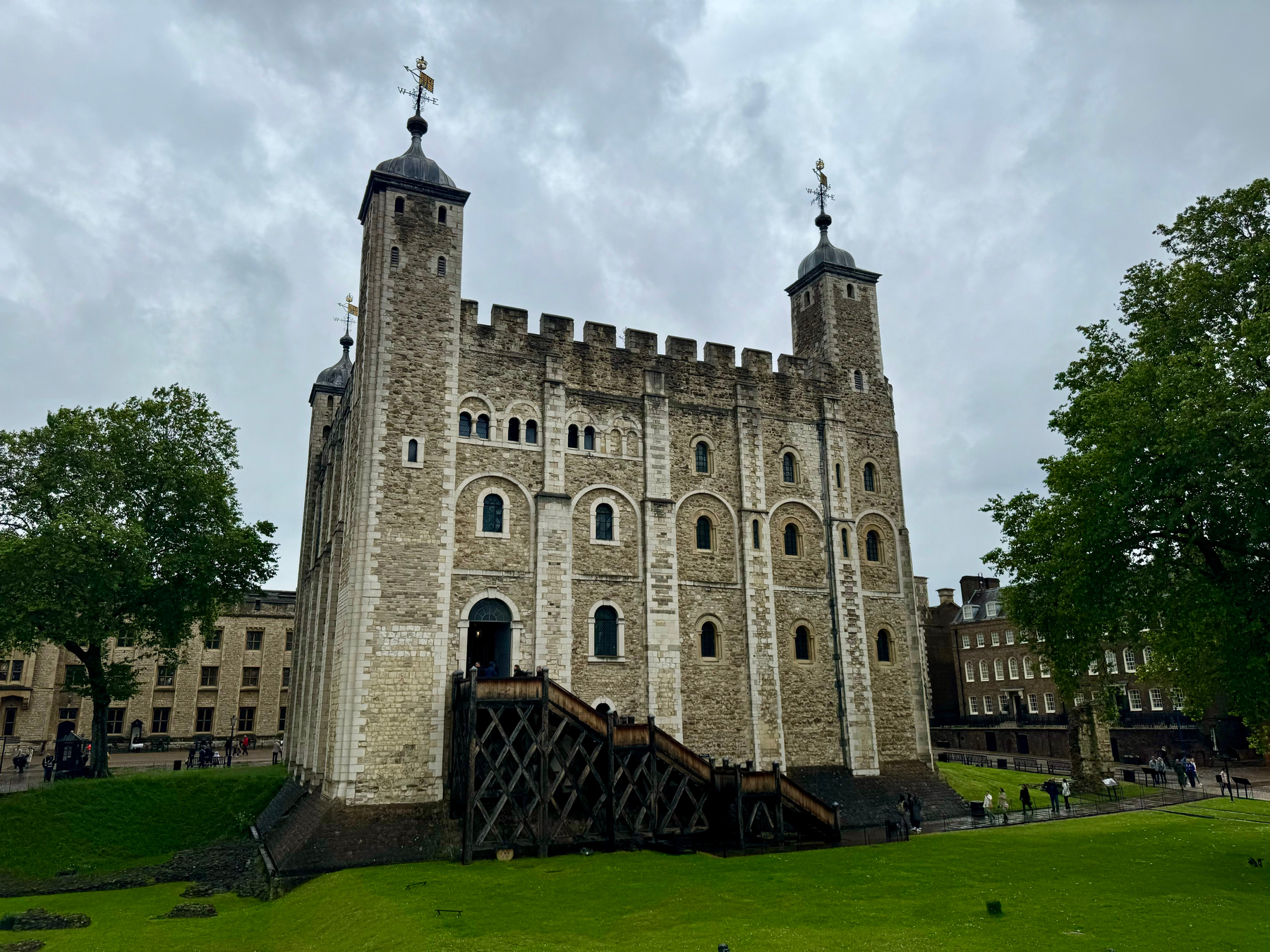
The Queen’s house (note the royal guard) is an example of the Tudor style.
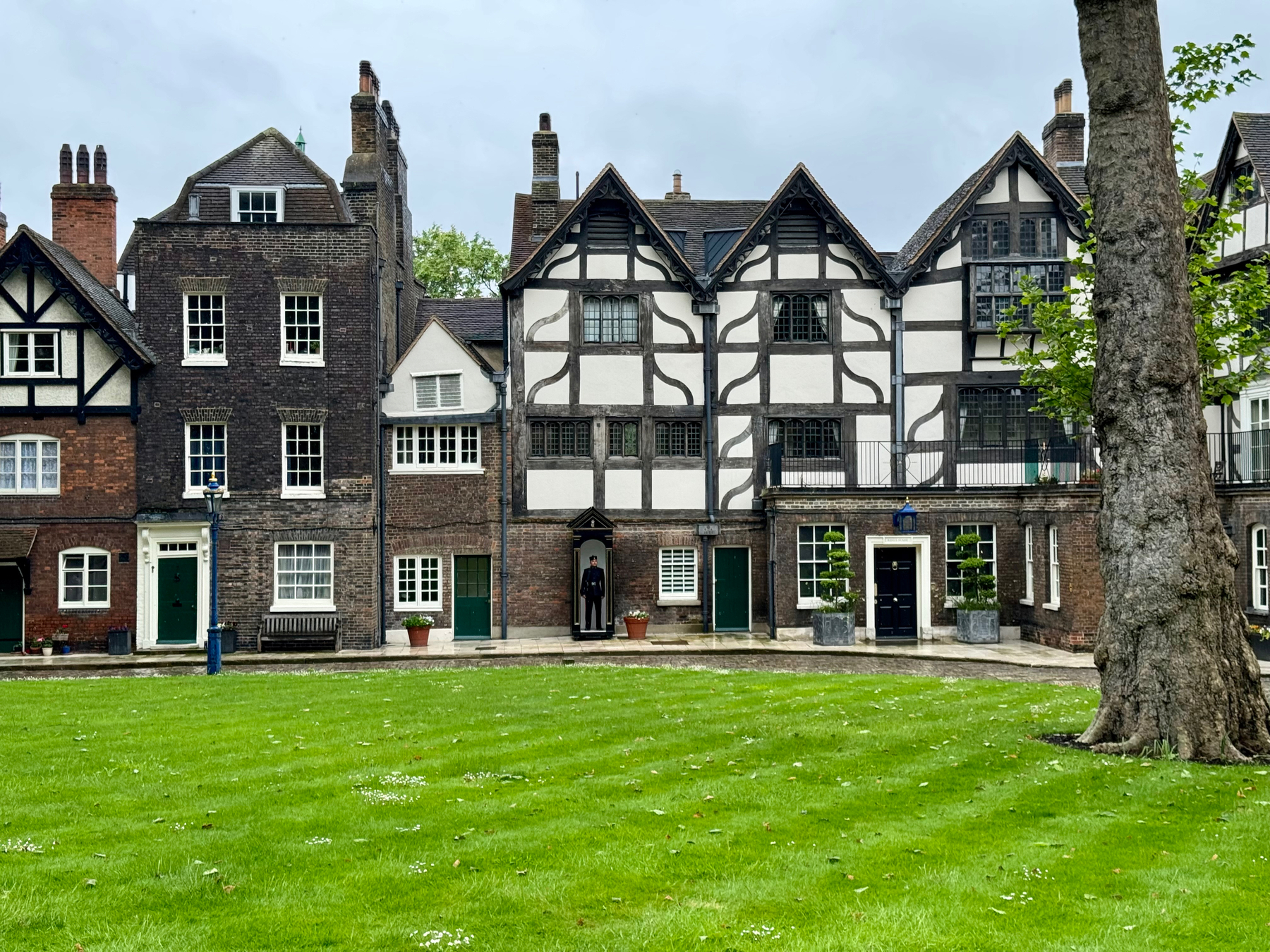
The Tower of London also serves as a reminder of England’s often brutal past, as this location served as a prison, torture dungeon, and a place for executions.
Here a memorial marks the site of several executions, most famously that of Anne Boleyn.

One thing that struck me in several of the keeps used as prisons was the inscriptions left in the walls by prisoners over the years. They were numerous and, at times, elaborate.
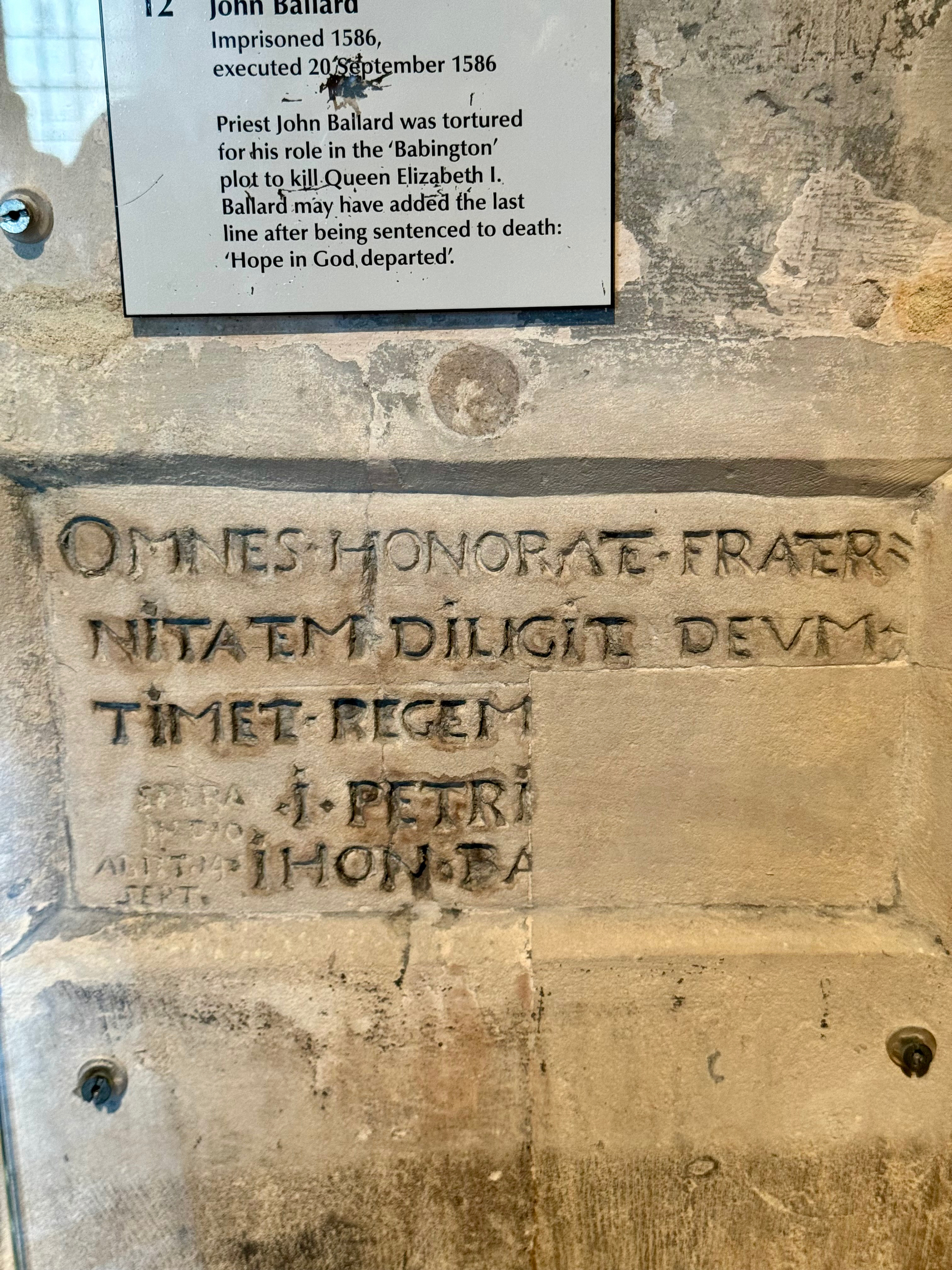
Here you can see Traitor’s Gate which was a water entrance off of the River Thames, so called because it was a commonly used entrance for prisoner barges.

The Tower is also home to the Crown Jewels (no photos allowed in here, folks!), including the current crown worn by King Charles. Curious that they are kept in a place with such a dark history.
The Tower grounds are also home to several ravens which are tended to by the official Ravenmaster. (Best title ever?) The legend goes, the kingdom and Tower of London will fall if the ravens ever leave.
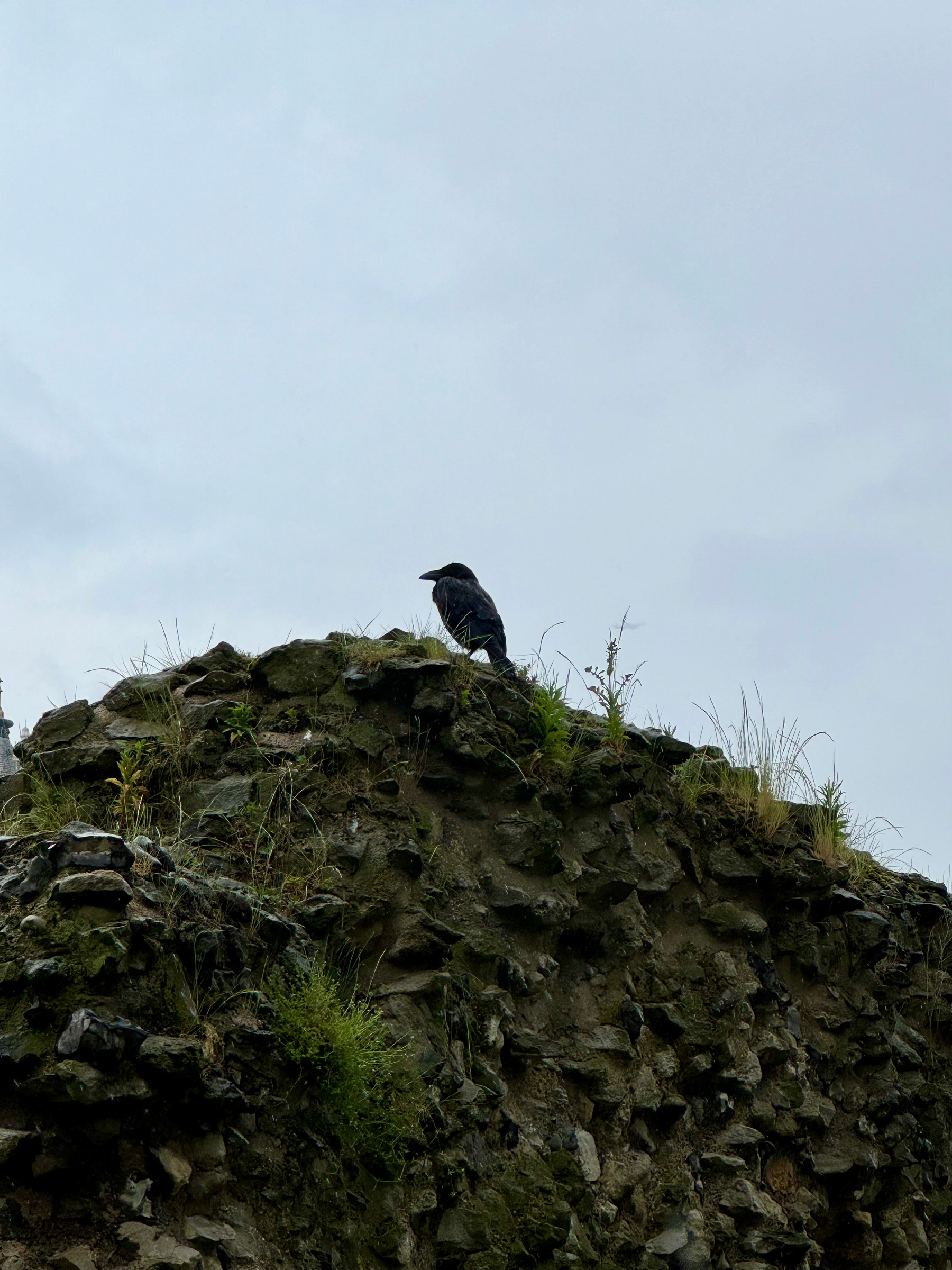
Next, I walked over the Tower Bridge and headed along the Thames towards Borough Market.
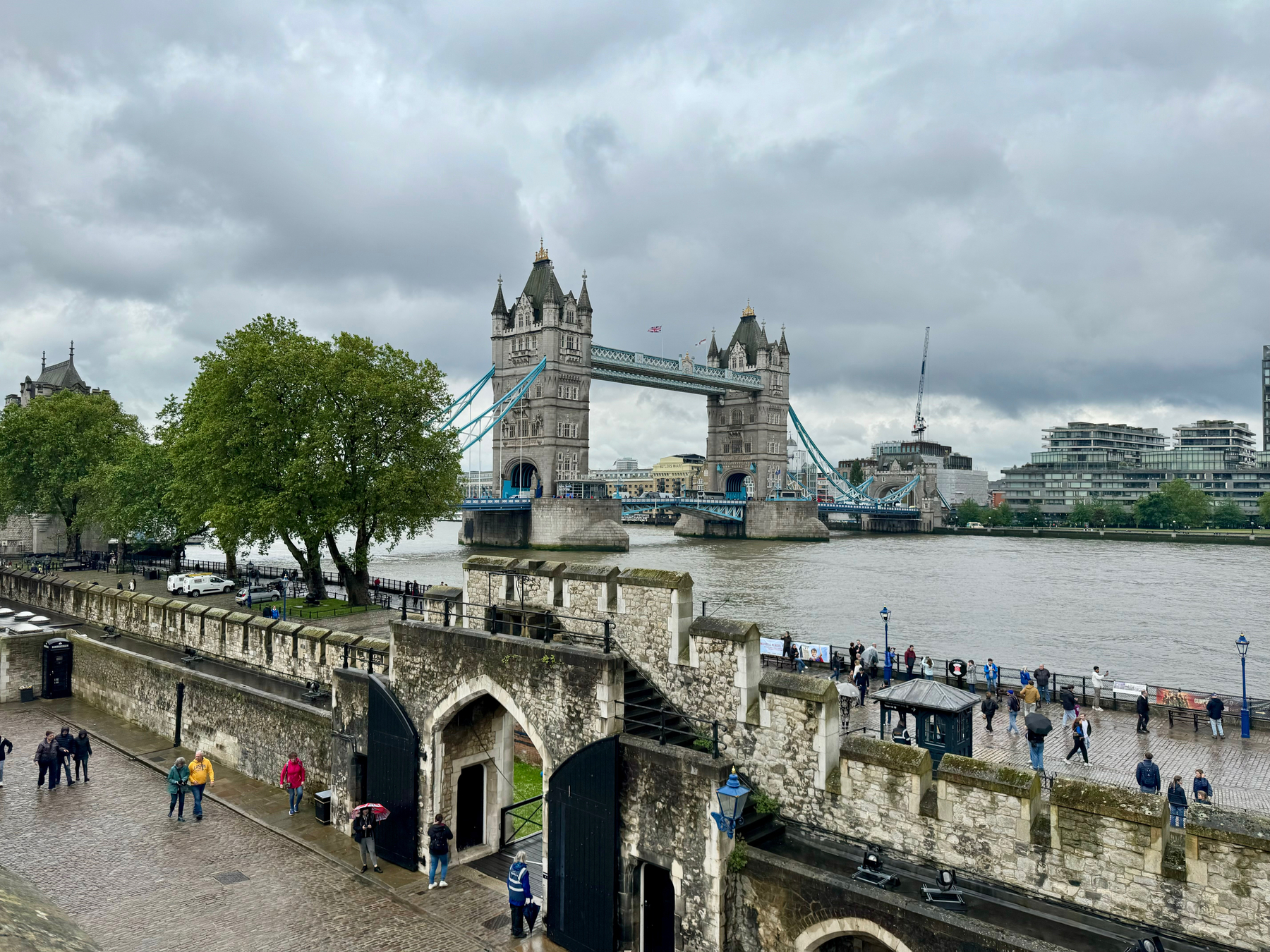
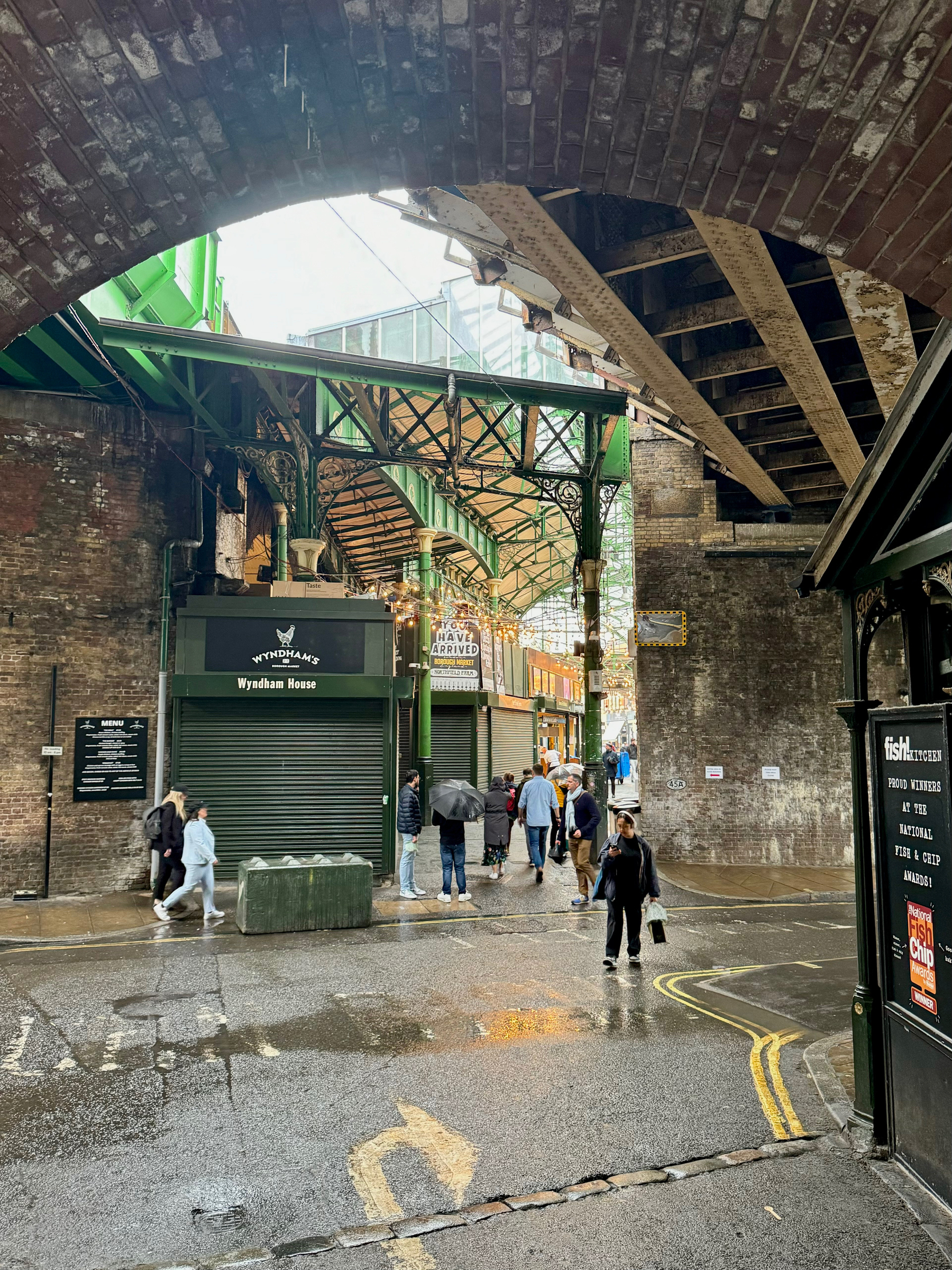
I ended my day out taking the train back to the Bull and Last. You’ve heard of the London Underground, but did you know there’s an Overground?

Since the weather cleared, I took the long way back through Hampstead Heath and enjoyed the moody sunset.

Tomorrow, it’s the Eurostar to Paris! Goodnight!